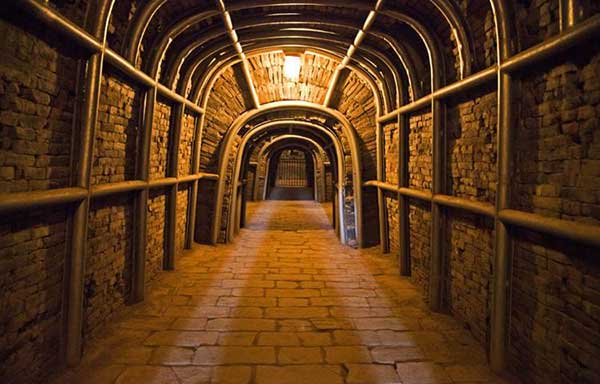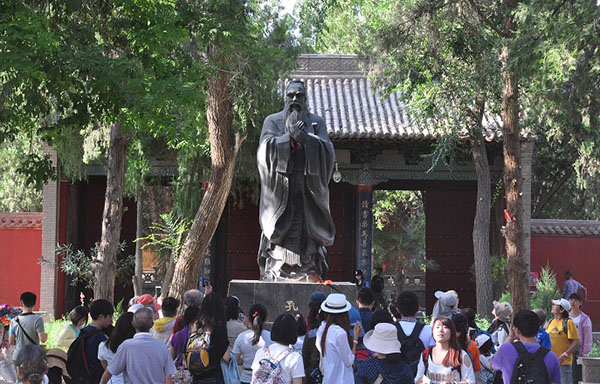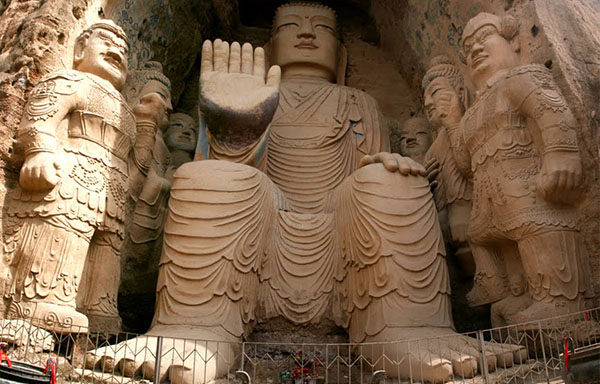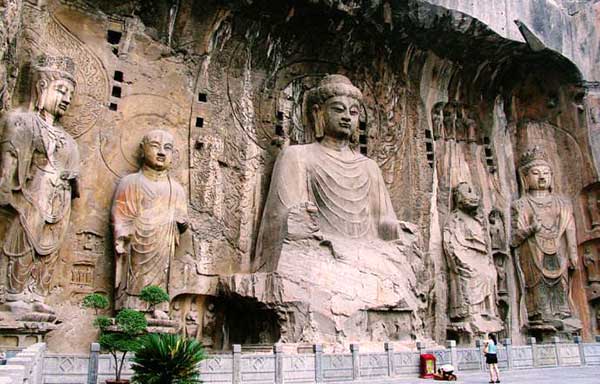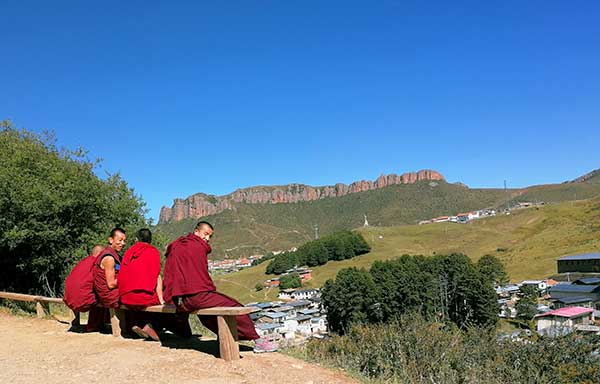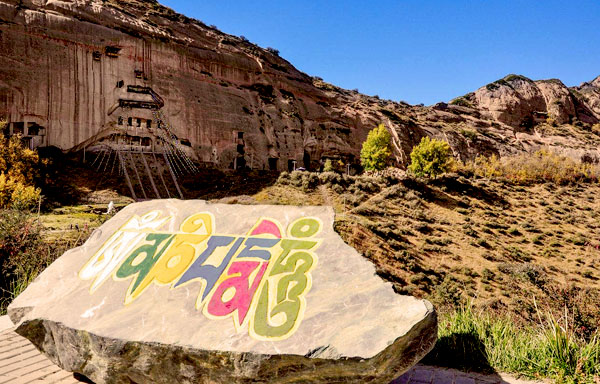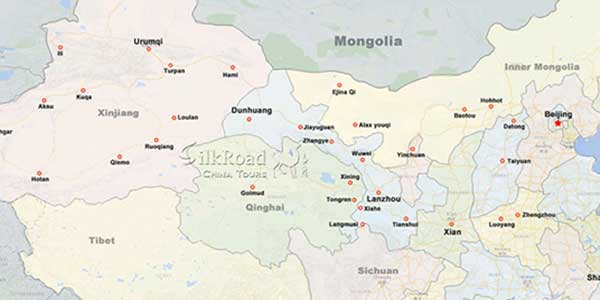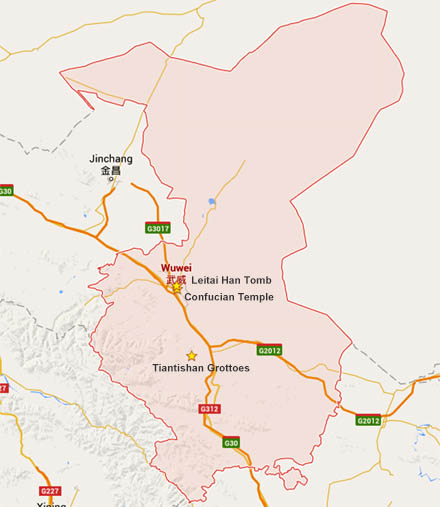 Leitai Tomb of Han Dynasty is located in the Leitai park on the Mid Beiguan Rd., Wuwei city, Gansu province. It is a large brick-chambered tomb of the late Eastern Han Dynasty, and was discovered by local farmers under an old locust tree in 1969. Now, it is a main tourist attraction in Wuwei city on Silk Road.
Leitai Tomb of Han Dynasty is located in the Leitai park on the Mid Beiguan Rd., Wuwei city, Gansu province. It is a large brick-chambered tomb of the late Eastern Han Dynasty, and was discovered by local farmers under an old locust tree in 1969. Now, it is a main tourist attraction in Wuwei city on Silk Road.
The tomb is famed for the Bronze Galloping Horse, known in Chinese as ‘Ma Ta Fei Yan’, the horse is depicted in a full gallop held on just one foot upon the back of a bird in flight. The statuette is about 45 centimeters long and 35 centimeters high, weighing 7 kilograms, it has been adopted as a logo for Chinese tourism. Visitors can view the horse in the Gansu Provincial History Museum.
Leitai is a place for sacrificing the Thunder god; it is famed with the Temple of the Thunder God which was built on the terrace in mid Ming dynasty. According to the record on the horse chest of the horse tomb figure unearthed, it was the tomb of "Shou Zhang Ye Zhang Zhang Jun" (General Zhang of Zhang Ye) built between 186 to 219 A.D. Of all the unearthed pieces, the bronze galloping horse is of the great artistic level. The bronze Horse on a Swallow, which is also named “horse with hoof on a swallow”, namely Ma Ta Fei Yan in Chinese, is the logo of Wuwei City. Surprisingly, the modeling of horse surpassed the flying swallow with its three hooves as well as its head and tail rose in the air, and it is still well balanced. It showed the great talent of the ancient Chinese people with its great artistic level.
Gallery
Attractions in the area
Related Tours
General Information
Alias: No
Loc: In Wuwei City
Entrance: 50 RMB
Open Time: 8:30 - 5:30
Relevant blogs
-
How did the name of Tianshui in Gansu come about?
The name Tianshui is very pleasant to the ear, and it reminds one of that exquisitely beautiful verse, "After getting drunk, one doesn't know if the sky is in
-
The 8th Silk Road Hotel Festival was successfully held i
On December 27th, the "8th Silk Road Hotel Festival" grandly opened at the Yujing International Hotel in Zhangye. This hotel festival gathered industry experts,
-
The Karez Irrigation System in Turpan has been selected
On September 3rd, at the 75th Executive Council Meeting of the International Commission on Irrigation and Drainage held in Sydney, Australia, the 2024 (11th bat
-
What is the connection between "dragons" and "snakes
In traditional Chinese culture, the snake has a dual identity of auspiciousness and danger. Ancient people believed that the snake not only possesses divine cha
-
Endangered Przewalski's Horses Spotted at Dunhuang Yume
<p>In early February, a group of special "visitors"—the Przewalski's horses—appeared at the Dunhuang Yumen Pass scenic area in Gansu Province, a U
-
The Fourth Dunhuang Cultural Tourism Supplier Conference
On the morning of February 18th, the Fourth Dunhuang Cultural Tourism Supplier Conference in Northwest China commenced at the Dunhuang International Convention






